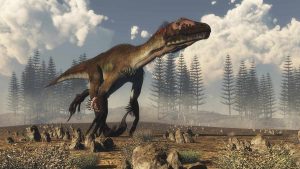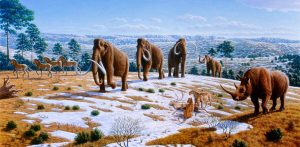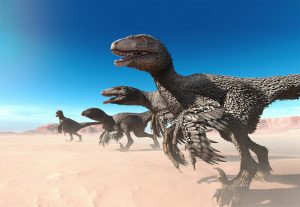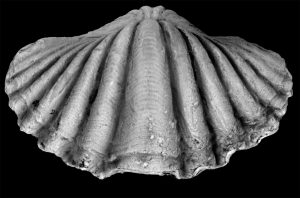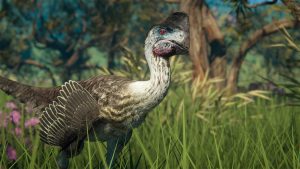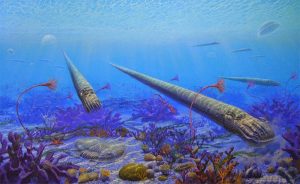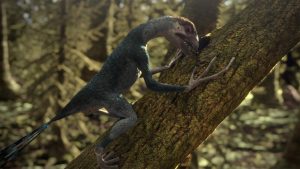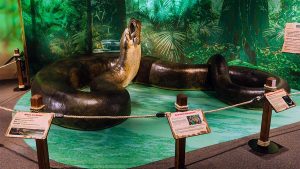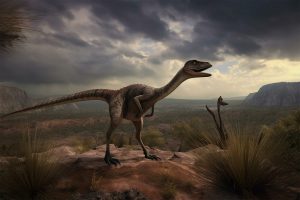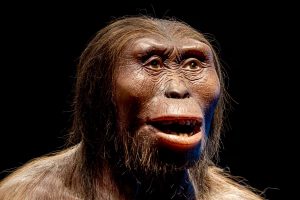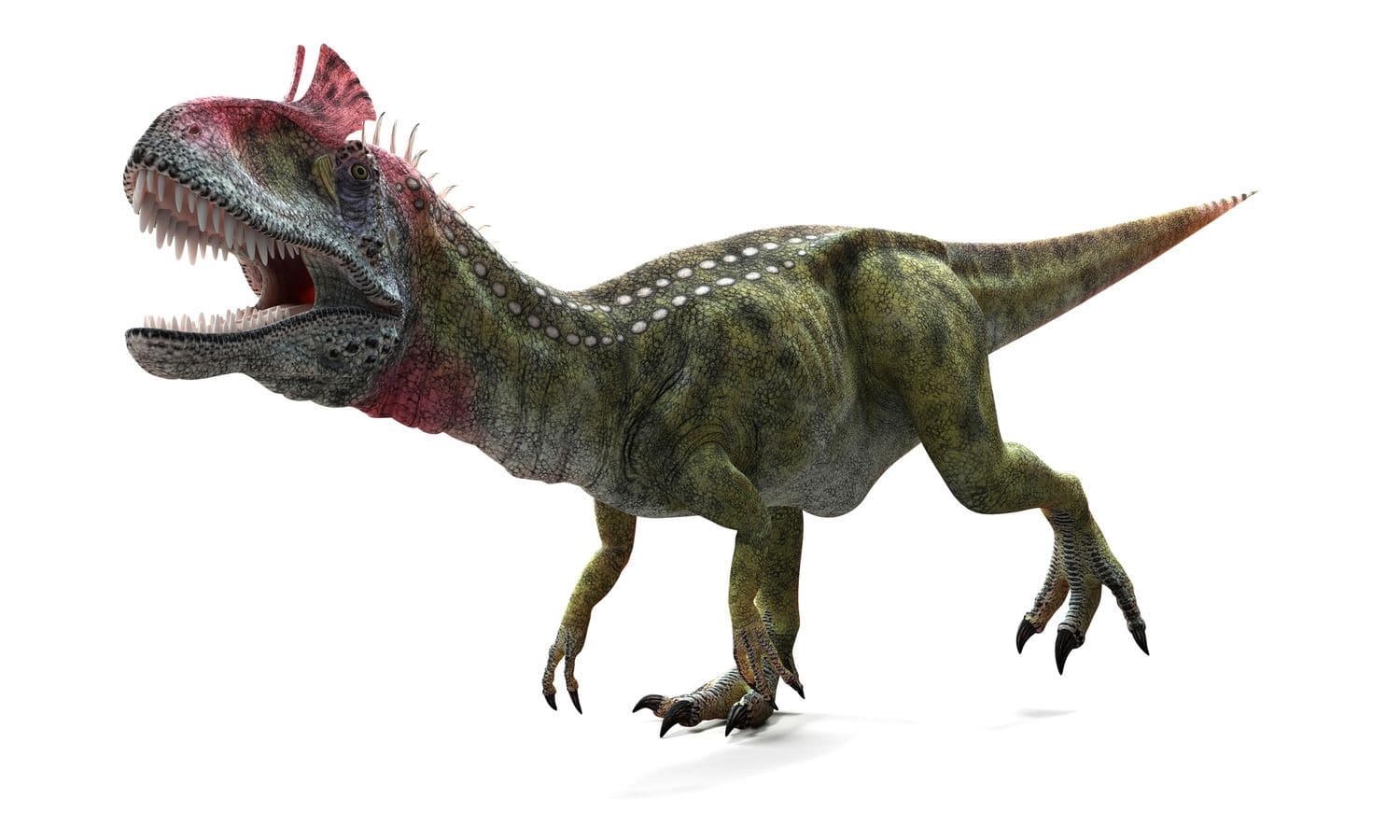
25 interesting facts about Cryolophosaurus
- 👁️ 1203
Cryolophosaurus, a dinosaur whose name evokes images of icy landscapes and ancient cold climates, offers a fascinating glimpse into life on Earth during the Early Jurassic period. Discovered in the Transantarctic Mountains of Antarctica, this theropod dinosaur has intrigued scientists and enthusiasts alike with its unique features and the implications of its habitat. Known as the “Elvisaurus” for its distinctive crest resembling Elvis Presley’s hairstyle, Cryolophosaurus bridges the gap between prehistoric life and the imagination, highlighting the diversity and adaptability of dinosaurs. Let’s explore some remarkable facts about Cryolophosaurus that shed light on its life millions of years ago.
- Cryolophosaurus was discovered in Antarctica in 1991 by a team led by paleontologist William Hammer.
- It lived during the Early Jurassic period, approximately 190 million years ago.
- Cryolophosaurus is the first carnivorous dinosaur to be discovered in Antarctica.
- The dinosaur’s name, Cryolophosaurus, means “frozen crested lizard” due to its crest and the location of its discovery.
- It had a distinctive crest on its head, which is believed to have been used for display, either to attract mates or intimidate rivals.
- The crest runs across the head just above the eyes, not along the nose or the back of the head as seen in other crested dinosaurs.
- Cryolophosaurus was a theropod, a group of mostly carnivorous dinosaurs that walked on two legs.
- Estimates of its size suggest it was about 6 meters (20 feet) long and weighed around 465 kilograms (1,025 pounds).
- Its teeth suggest it was a carnivore, likely preying on other dinosaurs and possibly early mammal relatives.
- The harsh environment of Antarctica during the time of Cryolophosaurus was much warmer than today but still cooler than most other regions, indicating it could adapt to varying climates.
- The discovery of Cryolophosaurus provided evidence that dinosaur distribution was global, including within polar regions.
- Fossils of Cryolophosaurus were found in the Hanson Formation, which is known for its rich Jurassic period fossils.
- The unique crest of Cryolophosaurus is one of its most distinguishing features, not seen in any other known dinosaur.
- Cryolophosaurus had a relatively large brain for its size, suggesting it might have been more intelligent than some other dinosaurs.
- The structure of its limbs indicates that Cryolophosaurus was likely a fast runner.
- Its fossils were found alongside those of early plant-eating dinosaurs and large amphibians, indicating a diverse ecosystem.
- The initial discovery of Cryolophosaurus included well-preserved skull fragments, vertebrae, and ribs.
- This dinosaur is considered one of the top predators of its ecosystem, at the top of the food chain.
- The discovery site of Cryolophosaurus is one of the most remote dinosaur fossil sites in the world.
- Cryolophosaurus lived in what is now known as the Jurassic period’s polar forest, which experienced periods of darkness and light due to Earth’s axial tilt.
- The presence of Cryolophosaurus in Antarctica supports the theory of continental drift and the existence of the supercontinent Gondwana during the Jurassic period.
- Research on Cryolophosaurus has helped scientists understand more about the diversity and evolution of theropods.
- The crest of Cryolophosaurus is not believed to have been used as a weapon but rather as a visual display feature.
- Cryolophosaurus is one of the earliest known examples of a large theropod dinosaur.
- Its discovery has challenged previous notions about dinosaur evolution and biogeography, showing that large theropods existed in a wider range of environments than previously thought.
In conclusion, Cryolophosaurus stands as a testament to the incredible diversity of dinosaur life and the complexity of prehistoric ecosystems. Its existence in the cold, remote landscapes of Antarctica challenges our understanding of dinosaur habitats and behaviors, providing valuable insights into the adaptability and global distribution of these ancient creatures. The unique features of Cryolophosaurus, especially its distinctive crest, highlight the evolutionary creativity of nature and continue to inspire curiosity and wonder about the world millions of years ago. As we uncover more about Cryolophosaurus and other dinosaurs, we come closer to piecing together the vibrant mosaic of life that once thrived on our planet.

